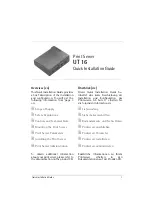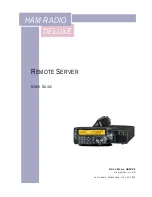
42
Proprietary Information: Not for use or disclosure except by written agreement with Calix.
© 2001-2007 Calix. All Rights Reserved.
Jacket Preparation
Remove the jacket, buffer tubes and strength member using a wire stripper or cutting pliers.
The plastic buffer coating should be removed with a high quality wire stripper.
Fiber Preparation
Proper preparation of the fiber end face is critical to any fiber optic connection.
Perpendicularity and end finish must be within allowable tolerances in order to minimize
signal loss at these connections. A divergence of as little as 2° from perpendicular should be
considered unacceptable. The end finish should have a smooth, mirror-like finish free of
blemishes, hackles, lips and burrs.
Ends should be prepared using the scribe and break method. Holding the fiber under slight
pressure, run the cutting tool across the stationary fiber at perpendicular. Properly done, the
cleave produces a perpendicular, mirror-like finish without hackles or lips. If major flaws are
noticed, the process must be repeated. Inspect the fiber end under a microscope to ensure
proper finish.
Note:
Small scratches on the face or small pits on the outside rim of the cladding are
common and should be considered acceptable. Fusion splicer readings and experience more
than anything will determine the definition of “small”.
Prior to putting the fiber ends into the fusion splicer, clean each end with pure optical grade
isopropyl alcohol and a lint free pad such as Texwipe™ Alco Pad or Texwipe™ Cloth.
Making the Splice
In the field, the GPON fibers must have SC/APC connectors (these connector assemblies
must be purchased separately) spliced onto the fiber ends for connection to the Main
Electronics Module inside the ONT.
Insert both ends of the fiber to be spliced into the fusion splicer and follow the instructions
as recommended by the manufacturer. Inspect the connection in the built-in viewer. The
connection should appear to be seamless. Ensure that the signal loss on the display is .05 db
or less. Coil the successful splice inside the splice tray, taking care not to exceed the bend
radius parameters of the cable.
















































